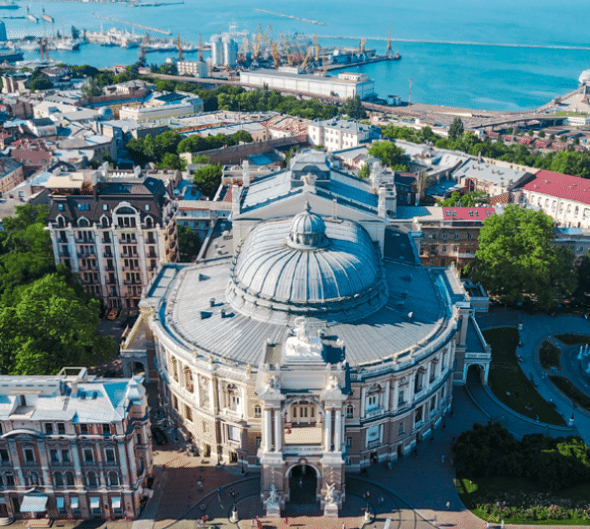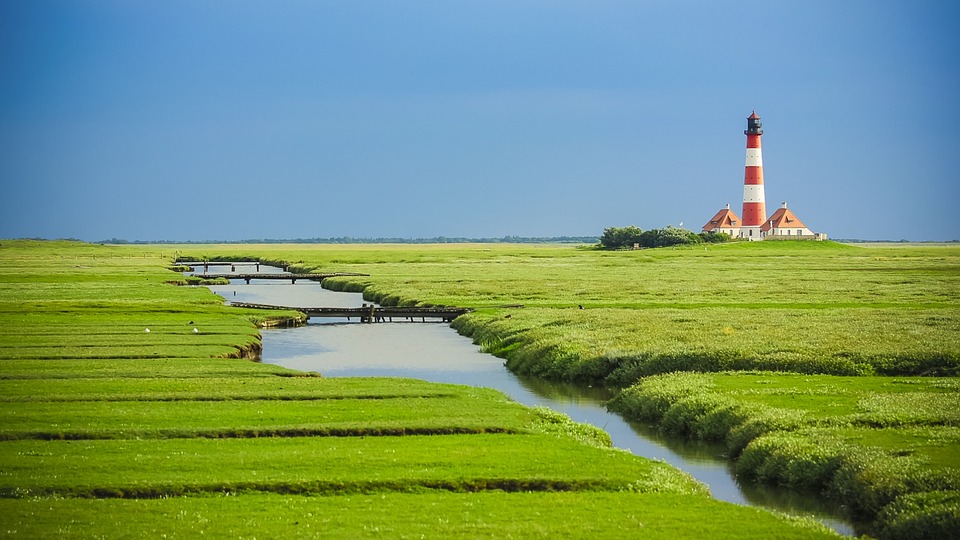The United Nations Educational, Scientific and Cultural Organization (UNESCO) plays a crucial role in safeguarding and preserving cultural and natural treasures of exceptional importance. The organization categorizes a total of 1,157 sites across 167 countries as World Heritage Sites, each possessing outstanding universal value and meeting specific selection criteria.
These criteria include representing a masterpiece of human creative genius, embodying an important interchange of human values, or bearing unique and exceptional testimony to a cultural tradition or civilization. Italy leads the world with the most World Heritage Sites, boasting an impressive 58 locations. However, many other nations, from Syria and Yemen to Ethiopia and India, have also earned this prestigious recognition.
In Europe, renowned for its rich history and heritage, 171 sites have earned the coveted status of World Heritage Sites, with only four considered endangered. European countries, especially those within the European Union, have gained a reputation for their exceptional preservation efforts, encompassing historic centers, old towns, palaces, churches, parks, and rivers.
The designation of “World Heritage in Danger” is a sobering reminder that even these revered sites are not immune to challenges. Let’s take a closer look at a few examples:
- Historic Centre of Odesa, Ukraine: Amid the ongoing conflict in Ukraine, UNESCO took the unprecedented step of adding the Historic Center of Odesa to the list of World Heritage Sites in Danger in January 2023. This emergency procedure was initiated to address the threat posed to this historic gem. UNESCO has already stepped in to repair damage to the Odesa Museum of Fine Arts and the Odesa Museum of Modern Art, further assisting in the digitization of valuable art pieces from the city’s archives.
- Historic Centre of Vienna, Austria: In 2017, Vienna’s Historic Center was added to the list of endangered sites due to plans for a massive complex that exceeded UNESCO’s height restrictions. This historic center is celebrated for its architectural ensembles, including Baroque castles and gardens, as well as the iconic late-1800s ring road adorned with buildings, monuments, and parks.
- Medieval Monuments in Kosovo: The Medieval Monuments in Kosovo, primarily comprising monasteries and churches, have remained on the list of endangered heritage sites since 2006. Issues such as the legal status of the properties, inadequate conservation efforts, and maintenance challenges have kept them in this precarious category.
- Roșia Montană Mining Landscape, Romania: In 2021, UNESCO designated the Roșia Montană Mining Landscape in Romania as a heritage site in danger. The decision was driven by plans to resume and expand open-pit mining in the area. This site holds historical significance as it features one of the most extensive and diverse underground Roman gold mining complexes known.
UNESCO’s commitment to safeguarding these cultural treasures is evident through its proactive measures to address threats and challenges faced by World Heritage Sites. While these sites may encounter various obstacles, the organization’s dedication to their preservation ensures that future generations can continue to appreciate and learn from these exceptional locations that bear witness to the world’s cultural and natural heritage.



